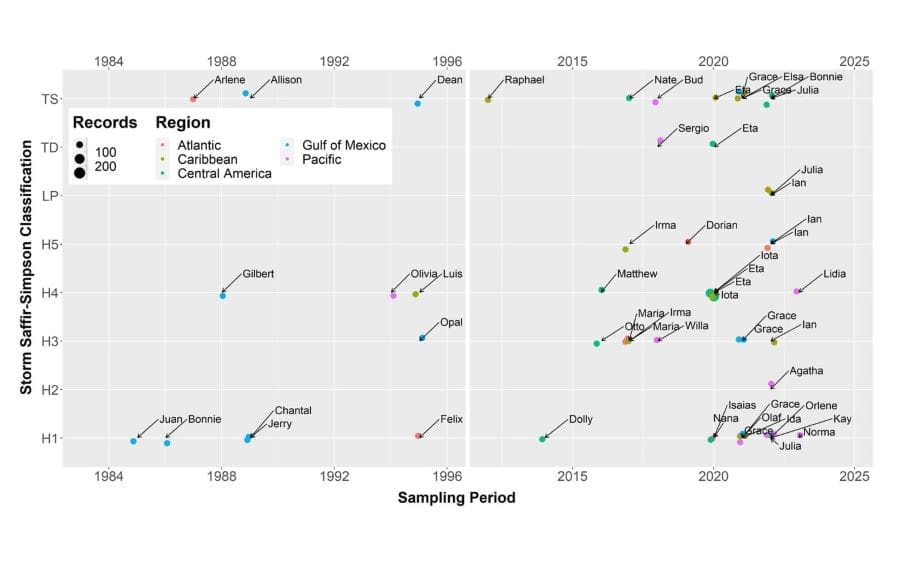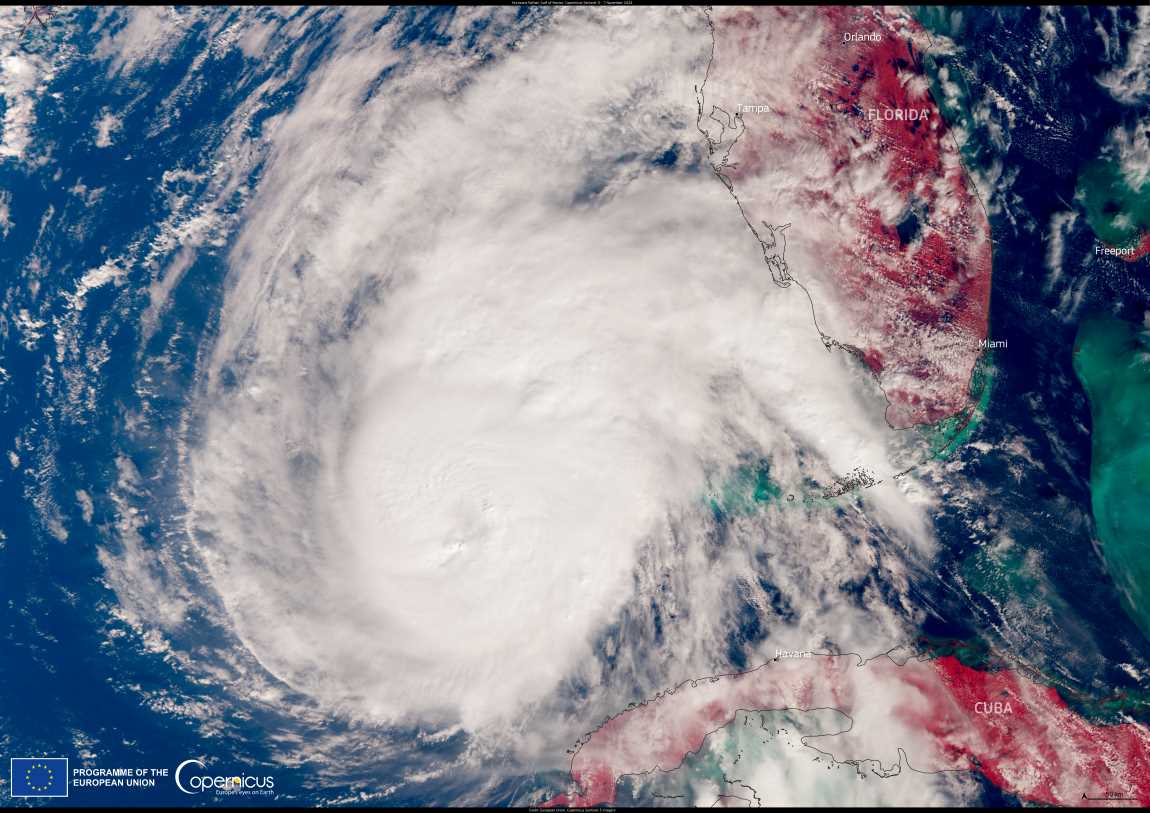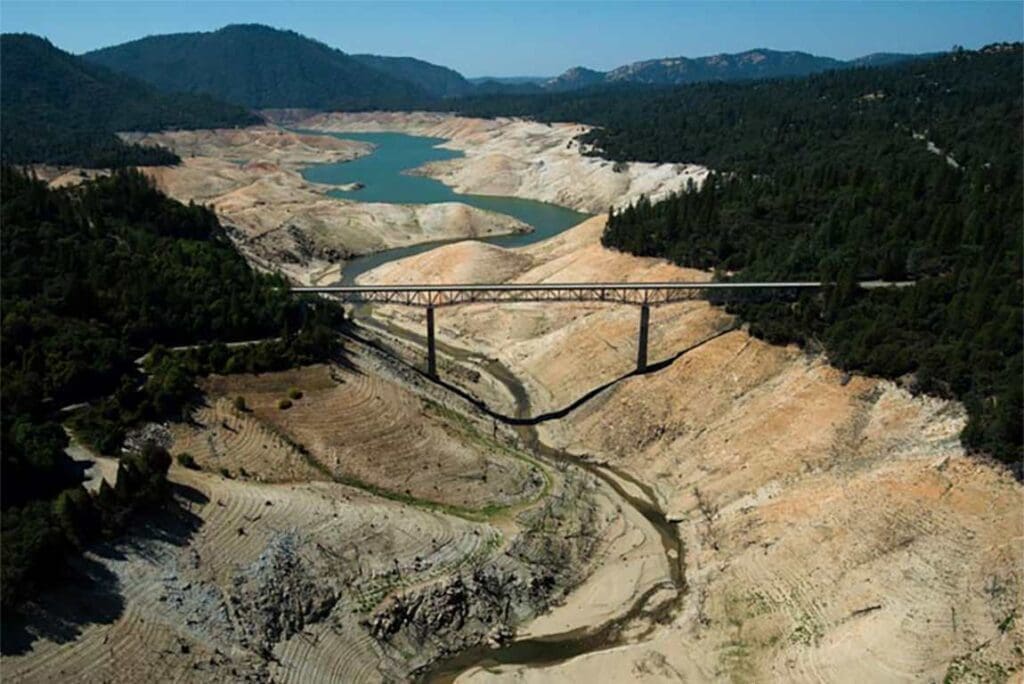Hurricanes are among the most destructive natural events, leaving devastation in their wake across coastal regions of the United States, Mexico, Central America, and the Caribbean.
Beyond immediate destruction, these powerful storms often result in significant economic losses and force millions from their homes. In 2023 alone, climate-driven migration linked to such disasters saw 2.5 million individuals attempt to cross the U.S. southern border.
Addressing the impacts of these storms, a study led by The University of Texas at Arlington highlights the value of studying past hurricanes to better prepare for those in the future. By examining storm-related precipitation and its influence on local water systems, researchers aim to develop strategies that reduce damage and improve resilience.
These efforts have taken on added urgency as climate change is expected to make hurricanes 10–15% more frequent and intense.
“We already know that tropical storms have a huge impact on water resources in communities, but few studies have examined the water runoff from these events and how they impact local populations — that’s where our research comes in,” said Ricardo Sánchez-Murillo, associate professor of earth and environmental sciences at UTA and lead author of the study.

To understand the complex interactions between storms and water systems, Sánchez-Murillo and an international team of collaborators turned to isotopic analysis. Isotopic “fingerprints” in storm precipitation provide detailed insights into how these weather events influence regional water cycles.
The team worked with scientists from hurricane-prone nations including Costa Rica, Jamaica, Mexico, and the Bahamas to analyze isotopic data from past storms. Their findings open new avenues for understanding how stormwater contributes to long-term water management challenges and climate patterns.
This detailed examination of precipitation data sheds light on how storms affect water resources, offering a clearer picture of the connections between extreme weather and local environmental conditions. By factoring in these insights, the study points toward practical solutions for better managing water systems and mitigating damage.
For many communities, the stakes are high. Reliable water supplies are critical during and after a storm/hurricane, and understanding how tropical storms disrupt these systems is key to effective preparation. The research also addresses the growing challenges of climate migration by suggesting that better preparation could enable more people to remain in their home countries despite increasingly severe storms.
In addition to its immediate findings, the study sets the stage for future research. Sánchez-Murillo and his team plan to expand their analysis to investigate evaporation and groundwater recharge patterns influenced by tropical storms. They also aim to explore how shifting storm paths, driven by climate change, could impact vulnerable regions in new ways.
“This research has broad implications for improving our understanding of how tropical storms impact water resources and climate, leading to better predictions and management strategies,” Sánchez-Murillo said.
The study involved contributions from prominent research institutions, including Brown University, Clemson University, Florida International University, Humboldt University, Oberlin College, Rice University, the University of Aberdeen, the University of Houston, the University of Tennessee and Washington State University, and was supported by funding from the International Atomic Energy Agency and the Gulf Research Program of the National Academies of Science, Engineering, and Medicine.
With its focus on the intersection of climate science and human resilience, the research represents a step forward in understanding how hurricanes shape the environmental and social landscapes of affected regions. As extreme weather events become more frequent, studies like this are essential for guiding policy and preparation efforts.
Journal Reference:
Sánchez-Murillo, R., Herrera, D. A., Farrick, K. K., Esquivel-Hernández, G., Sánchez-Gutiérrez, R., Barberena-Moncada, J., Guatemala-Herrera, J., Flores-Meza, Y., Cerón-Pineda, R., Gil-Urrutia, L., Cardona-Hernández, J., Peña-Paz, T., Hernández-Ortiz, J. O., Harrison-Smith, W., Marshall, G., Persoiu, A., Pérez-Quezadas, J., Mejía-González, M., González-Hita, L. et al. ‘Stable isotope tempestology of tropical cyclones across the North Atlantic and Eastern Pacific Ocean basins’, Annals of the New York Academy of Sciences online 1–21 (2024). DOI: 10.1111/nyas.15274
Article Source:
Press Release/Material by University of Texas at Arlington
Featured image: Hurricane Rafael, Gulf of Mexico. Credit: European Union, Copernicus Sentinel-3 imagery




